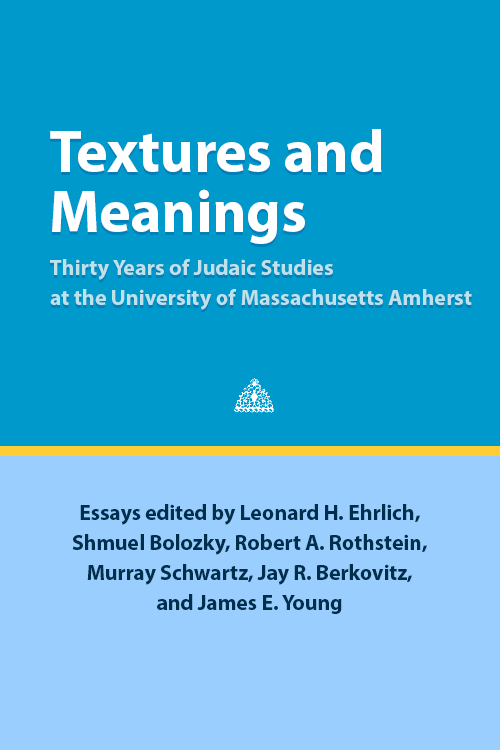The Music of David Nowakowsky (1848-1921): A New Voice from Old Odessa
Emanuel Rubin
This chapter is part of: Leonard H. Ehrlich et al. 2004. Textures and Meanings: Thirty Years of Judaic Studies at the University of Massachusetts Amherst
Download Chapter| Description |
|---|
| Emanuel Rubin introduces us to another hitherto uncelebrated Jewish figure, the composer David Nowakowsky (1848-1921), whose polyphonic music for the synagogue succumbed until recently to the violent vicissitudes of history. In a condensed recreation of the history of Odessa, Rubin reflects on the way music is embedded in its society. In a time of “economic opportunity, social freedom, and liberal thought,” Jewish musicians could come to play a visible role in Russian music. Nowakowsky became the assistant to “the brilliant chazzan Nissan Blumenthal at the famous Brody Synagogue,” and began “weaving themes of traditional chazzanut into his polyphonic compositions, a technique that would become a hallmark of his style.” Odessa suffered greatly during the 1905 and October 1917 revolutions, and Nowakowsky died in poverty in 1921. His daughter smuggled his manuscripts to Berlin in 1924, but the Nazis proscribed him as a composer of “degenerate music,” and his work was literally buried until his great-grandson retrieved it. In 1988, the David Nowakowsky foundation was established in New York, and his work is now being preserved, published and performed. Rubin concludes with a judicious assessment of Nowakowsky’s creative output, deeming him an important composer of the second rank, “a Salieri, to be sure, but not a Mozart,” but certainly rewarding in his “beautiful melodies, rich harmonies, intense passion, and deep religiosity.” |
-
Details
Published Published By Aug. 1, 2004 University of Massachusetts Amherst Libraries Citation Rubin E. 2004. The Music of David Nowakowsky (1848-1921): A New Voice from Old Odessa. In Leonard H. Ehrlich et al. 2004. Textures and Meanings: Thirty Years of Judaic Studies at the University of Massachusetts Amherst
